Greensboro and Princeville, NC
The Underground Railroad Tree, Greensboro’s Guilford College Woods: This tree is a southern terminus of the underground railroad that people used to escape slavery by traveling north.
Courtesy of Marcia Rosalie Hale, UNCG Assistant Professor of Peace and Conflict Studies.
Affordable housing options in Greensboro can hide EJ issues, unsafe conditions that risk disaster, such as the fire in this apartment complex that killed five children, refugees from the Democratic Republic of Congo. Place: Summit Avenue apartments, 3100 block of Summit Avenue at the corner of Cone Boulevard.
Voice Over: Miguel Lopez Filmed By: Maricruz Robledo-Burney, Katie Farina, Miguel Lopez, and Yakub Yahaya, University of North Carolina at Greensboro. Produced with Talking Eyes Media.
Visit a neighborhood in Greensboro that struggles with environmental justice issues yet is home to a vibrant community, including families that have recently migrated. Place: Glenwood neighborhood of Greensboro.
Voice Over: Maricruz Robledo-Burney and Katie Farina. Filmed By: Maricruz Robledo-Burney, Katie Farina, Miguel Lopez, and Yakub Yahaya.
The University of North Carolina at Greensboro. Produced with Talking Eyes Media.
Escaping environmental threats, African Americans move between nodes along a former underground railroad route from Princeville to Greensboro. In 20 years, floods displaced more than 2,000 Princevillians. Environmental justice issues in Greensboro include: soil and water contamination, lack of housing and green space, food deserts, and intensifying storms.
In 1885, Princeville became the first U.S. town incorporated by formerly enslaved people, but racism obscured this achievement. Since 1999, many have also lost their homes to hurricane-related floods. Some moved to Greensboro, which hosts other displaced people and EJ issues.
Reclaiming identity is a step in addressing environmental injustice and historic oppression. Princeville’s Portraits of Humanity exhibit shares its history of faith, unity, and resilience. FaithAction International House in Greensboro, a place of refuge, has an ID card program for the whole community that helps restore identity to displaced people who lack documentation.

Guilford College Woods is a sacred place in Greensboro where people go to learn about the brutal and brave history of the region.
Courtesy of Marcia Rosalie Hale, UNCG Assistant Professor of Peace and Conflict Studies.

Forest and river freedom roads of the Underground Railroad connected Greensboro and Princeville to the north.
Courtesy of Maggie Murphy, UNCG First-Year Instruction/Humanities Librarian and Assistant Professor.
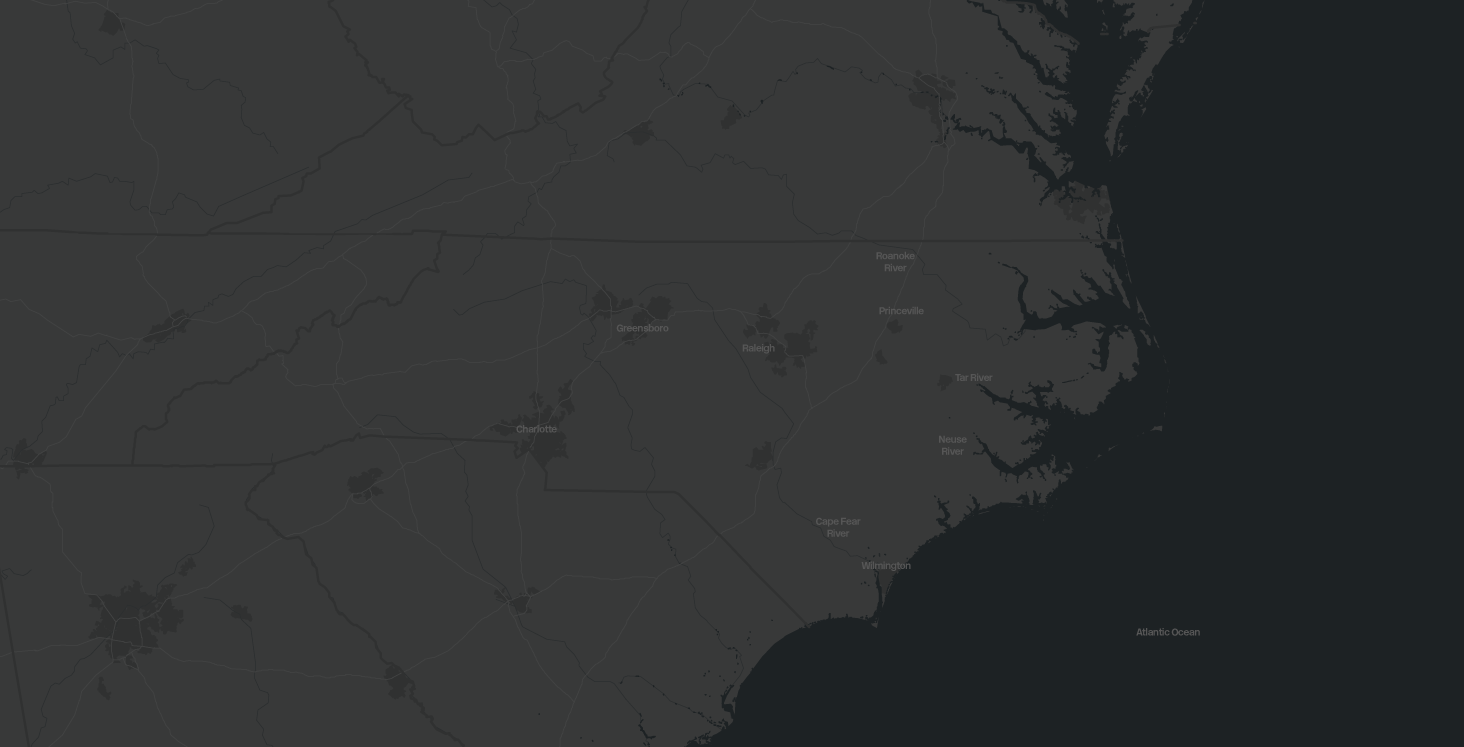


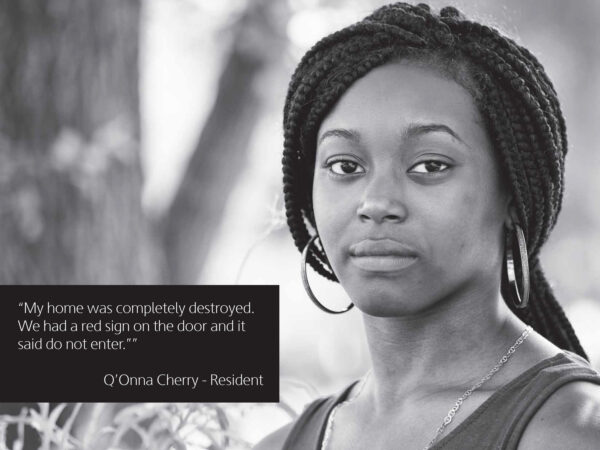

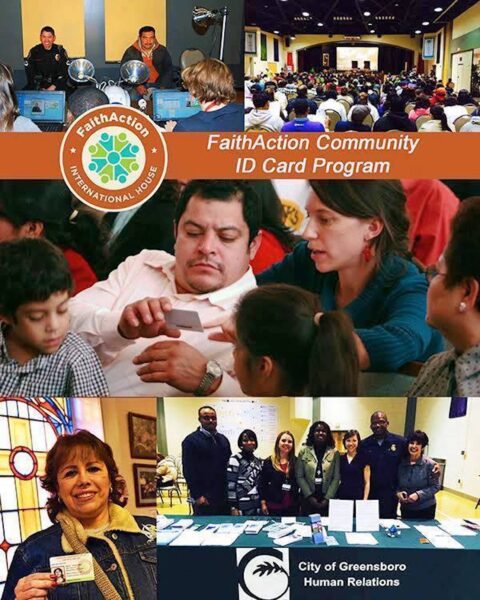
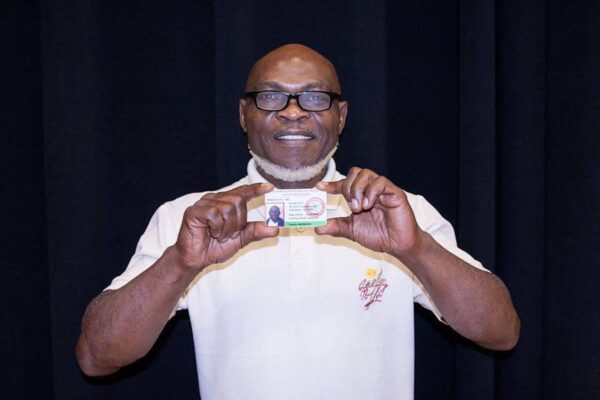



2017: North Carolina Historical Marker in Freedom Hill, North Carolina Department of Cultural Resources.
Courtesy of Skanska USA—Portraits of Humanity, The Town of Princeville; photograph by Brain Crumb.
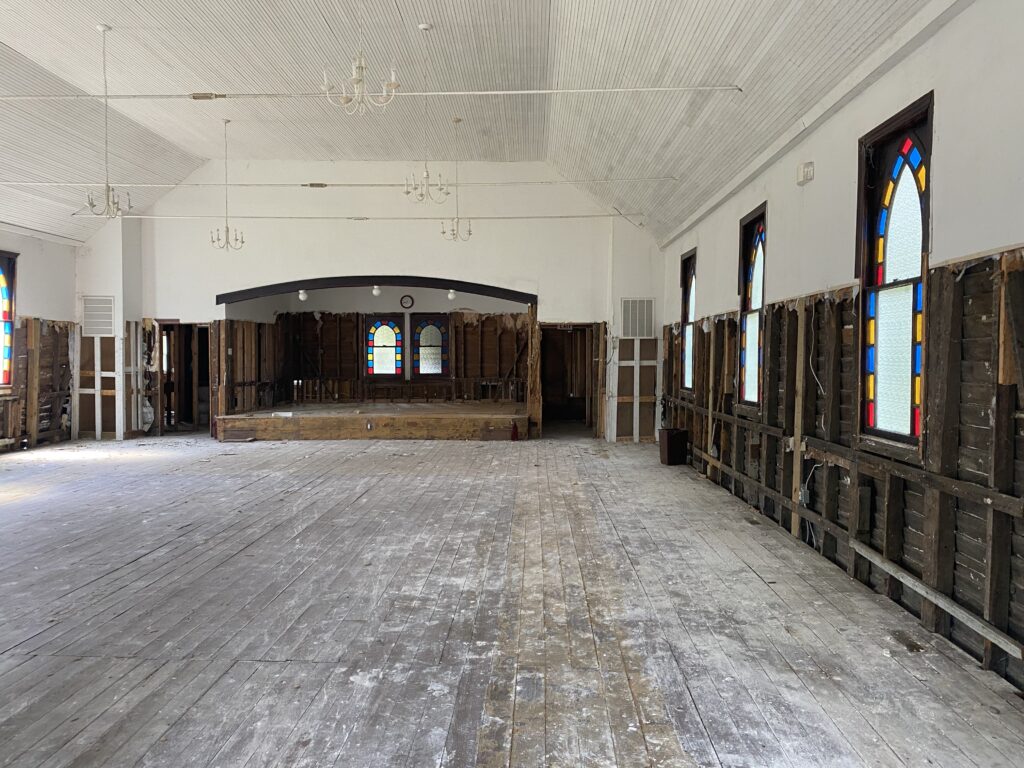
Flood damage to Princeville’s first church Mount Zion Radicue Primitive Baptist Church, built in 1871.
Courtesy of Town of Princeville.

2017: A Princeville teen displaced from her family home.
Courtesy of Skanska USA—Portraits of Humanity, The Town of Princeville; photograph by Brian Crumb.
A glimpse into Princeville: Flood recovery and the spirit of resilience
Courtesy of Wellspring Creative; spoken by Commissioner Milton Bullock, Fire Chief James Powell, Commissioner Linda Joyner, and young student Seth Schenall; produced by Jessica Young; edited by Pete Herron; cinematography by James Milner.
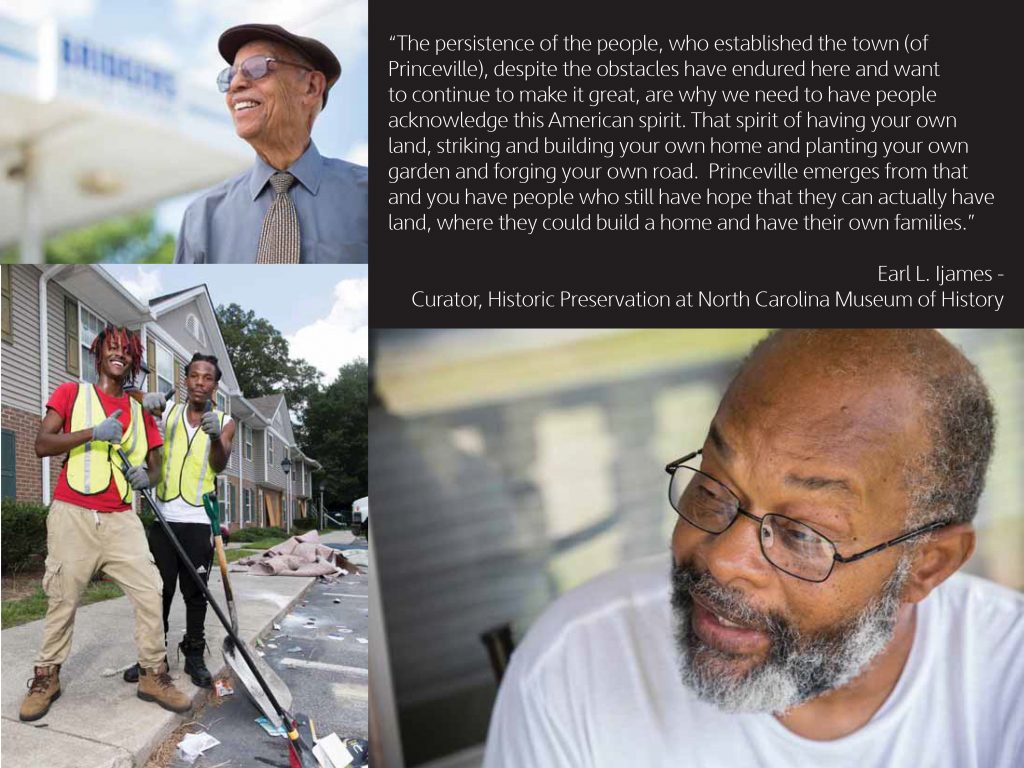
2017: Princeville residents coming together with hopes to rebuild and recover.
Courtesy of Skanska USA—Portraits of Humanity, The Town of Princeville; photograph by Brian Crumb.
Princeville, North Carolina Anthem sung at Portraits of Humanity exhibit at UNCG
Courtesy of Marcia Rosalie Hale; vocals by Commissioner Linda Joyner.
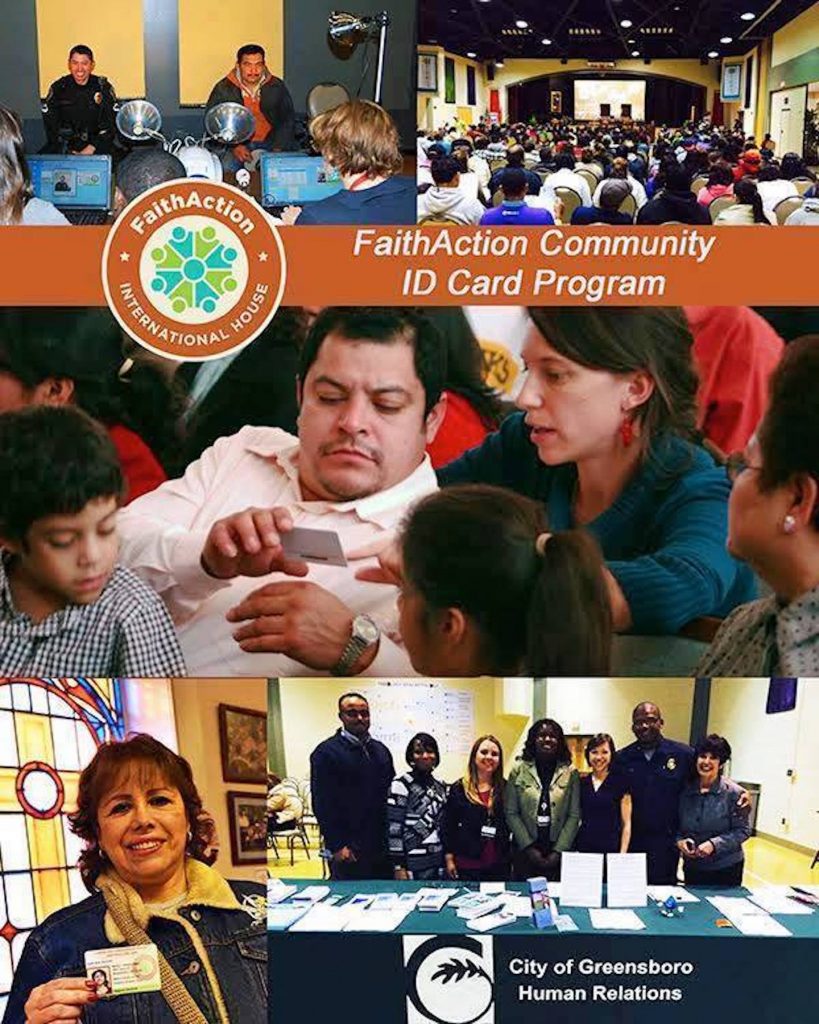
2016–2018: FaithAction ID Program Promotional Overview.
Courtesy of FaithAction International House; photographs by Todd Drake.
Welcome to FaithAction International House
Courtesy of FaithAction International House; narrated by Executive Director David Fraccaro.
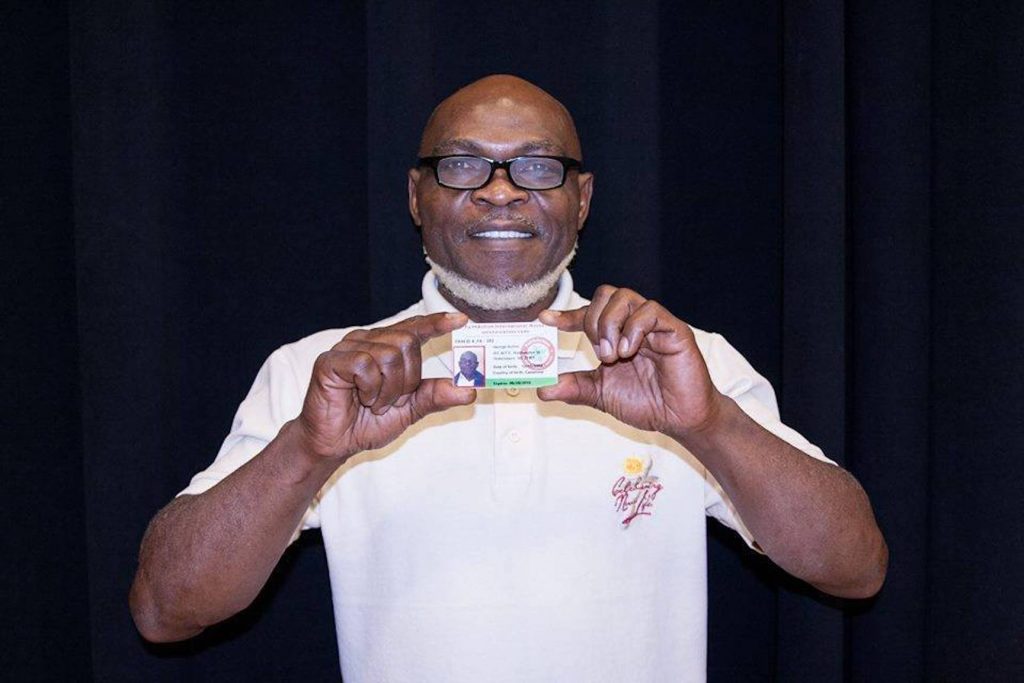
2017: Newcomer receives a FaithAction ID Card in Greensboro, NC.
Courtesy of FaithAction International House; photograph by Todd Drake.

2018: FaithAction Downtown Unity Walk.
Courtesy of FaithAction International House; photograph by Jorge Maturino.
UNCG students learn art, history, and science through the Underground Railroad Tree
Courtesy of Sarah Seyler, UNCG Honors Student, Class of 2019.
Our Point of View
As environmental and sustainability studies students, we have worked towards the preservation of nature while learning about vulnerable communities. From coastal drilling to mountaintop removal in the Appalachians, our state faces many environmental justice issues. We have gained insight into the relationships between environmental and social issues that affect North Carolinians. With this project, we hope to increase awareness of environmental injustices and the importance of community.
—University of North Carolina Greensboro
FaithAction International House educates and connects community across lines of culture and faith—turning strangers into neighbors. We help meet basic needs and provide translation, education, and employment readiness; safe space and accompaniment for domestic/sexual violence victims; and identification cards in partnership with local agencies.
Incorporated after the Civil War, Princeville is the oldest town in the U.S. chartered by African Americans who had been enslaved. Two hurricane-related floods devastated the town in 1999 and in 2016. Residents of Princeville are determined to rebuild and preserve their legacy.
—FaithAction International House